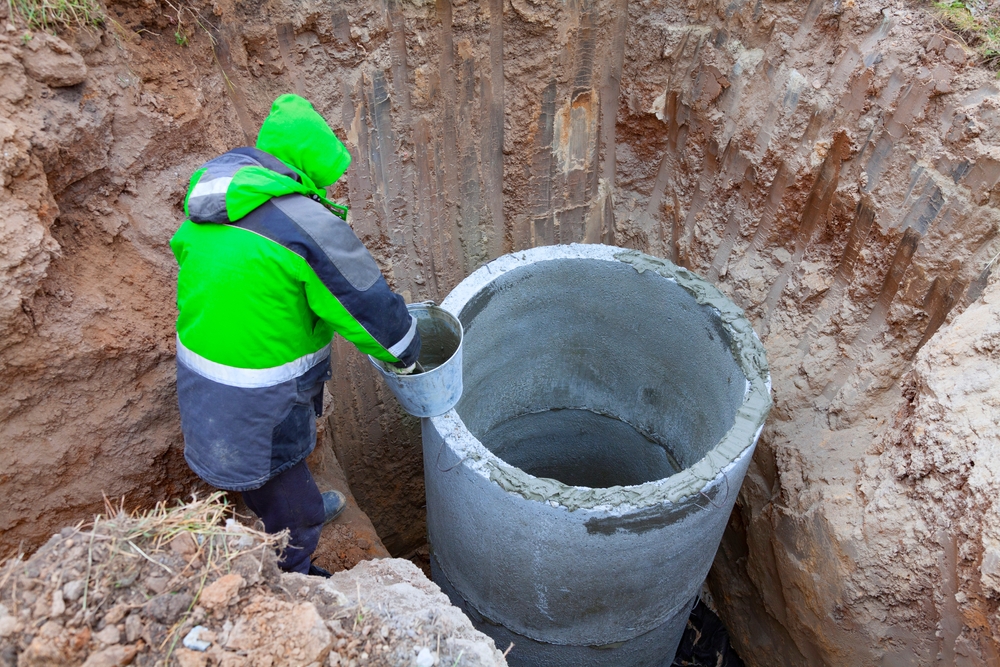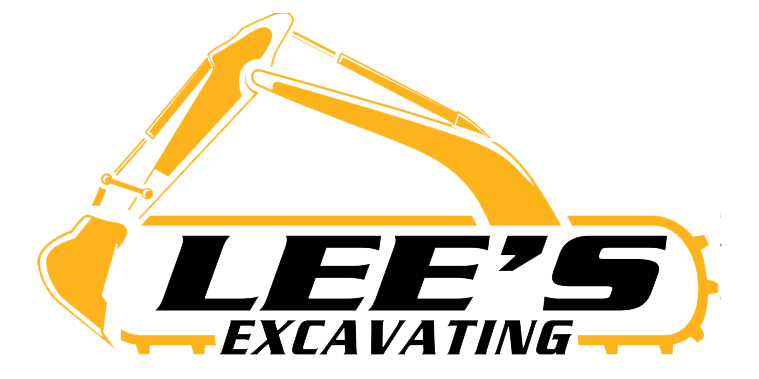
Introduction
Effective drainage systems play a crucial role in managing water flow and preventing property damage and erosion. However, the intricacies of drainage repair involve a careful consideration of various factors, including culverts and erosion control, while ensuring minimal environmental impact. In this article, we will delve into the key aspects of drainage repair, exploring the tradeoffs involved and the challenges faced in striking a balance between different factors.
The Importance of Proper Drainage
Proper drainage is vital for both urban and rural areas to mitigate the risk of flooding and waterlogging. When drainage systems function efficiently, they divert excess water away from roads, buildings, and agricultural fields, preventing structural damage and safeguarding public safety. Additionally, effective drainage aids in preserving the natural hydrological balance, preserving the health of ecosystems and protecting the environment.
Understanding Culverts
Culverts are critical components of drainage systems, providing passages for water to flow under roads, railways, and embankments. These structures come in various shapes and materials, such as concrete, steel, or plastic. The selection of the appropriate culvert depends on factors like the expected water flow rate, soil type, and environmental considerations.
Tradeoffs in Culvert Selection
Selecting the right culvert involves striking a balance between various factors. Larger culverts can accommodate higher water flow rates, reducing the risk of road flooding during heavy rainfall events. However, installing larger culverts may come at a higher cost, impacting the project's budget. Engineers must carefully evaluate the expected water flow, potential sediment transport, and the existing infrastructure to make an informed decision.
Addressing Erosion
Erosion poses a significant challenge in drainage repair, as uncontrolled water flow can cause soil erosion, destabilizing slopes and compromising the integrity of nearby structures. Mitigating erosion requires thoughtful planning and the implementation of appropriate erosion control measures.
Challenges in Erosion Control
Erosion control methods range from natural solutions like planting vegetation and constructing retention basins to installing hard engineering structures such as gabion walls and riprap. While hard engineering provides immediate erosion protection, it may negatively impact the surrounding environment and aquatic habitats. On the other hand, natural approaches take longer to establish but offer more sustainable, eco-friendly solutions.
Balancing Culverts and Erosion Control
An integrated approach to drainage repair involves balancing culverts and erosion control. Properly designed culverts can manage water flow efficiently, reducing the risk of erosion by controlling the volume and velocity of water. By carefully assessing the landscape and its susceptibility to erosion, engineers can implement suitable erosion control methods that work in harmony with the overall drainage system.
Considering Environmental Impact
The environmental impact of drainage repair cannot be overlooked. Modifying natural waterways or habitats can disrupt local ecosystems, affecting aquatic life and biodiversity. Engineers and decision-makers must prioritize minimizing environmental harm while addressing drainage issues.
Sustainable Drainage Systems (SuDS)
In recent years, there has been a growing emphasis on implementing Sustainable Drainage Systems (SuDS). These systems aim to mimic natural drainage processes, incorporating green infrastructure such as rain gardens, permeable pavements, and retention ponds. SuDS not only manage water effectively but also provide additional benefits like improved water quality, enhanced aesthetics, and increased biodiversity.
Conclusion
Drainage repair is a multifaceted process that requires careful consideration of factors such as culverts, erosion control, and environmental impact. Striking the right balance between these factors ensures the longevity and sustainability of drainage systems. As we face the challenges of urbanization and climate change, adopting innovative and eco-friendly solutions like Sustainable Drainage Systems will become increasingly crucial in safeguarding our communities and the environment.
